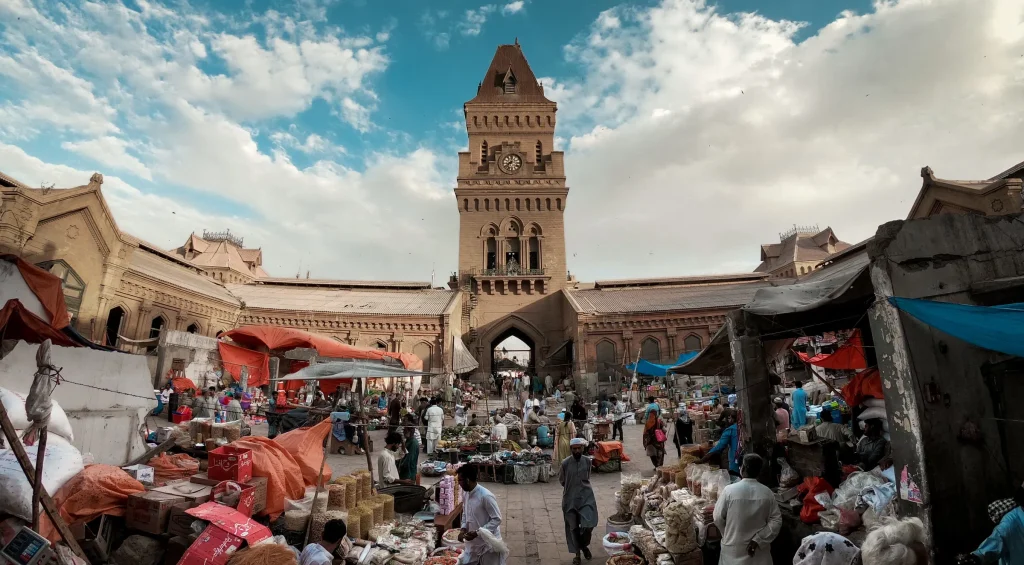After a fire tore through a local bazaar in Hyderabad, 45-year-old Bilal Ahmed was left with nothing but ashes where his pushcart once stood. The blaze destroyed dozens of stalls, each one a livelihood lost. But instead of waiting for government aid or charity, Bilal became the first to return — placing bricks by hand, salvaging wood from the wreckage, and slowly rebuilding what once was a vegetable stall. He didn’t have much, but he had resolve.
Bilal’s efforts soon caught the attention of other displaced vendors. Slowly, they followed his lead. What started as a solo effort turned into a community rebuilding project. No formal organization. No NGO banner. Just resilience, shared tools, and tea breaks. Bilal became an accidental leader — guiding, encouraging, and occasionally feeding those who had given up. Local shoppers began trickling back, drawn to the spirit more than the goods. The market was no longer just a place of trade — it had become a monument of recovery.
Today, the bazaar buzzes again — not at full capacity, but with undeniable life. Bilal’s rebuilt stall bears a handwritten sign: “This shop was born from fire.” His story remains undocumented by national media, but for those who pass through his lane, he’s more than a vendor. He’s proof that from ruins, revival is always possible.




